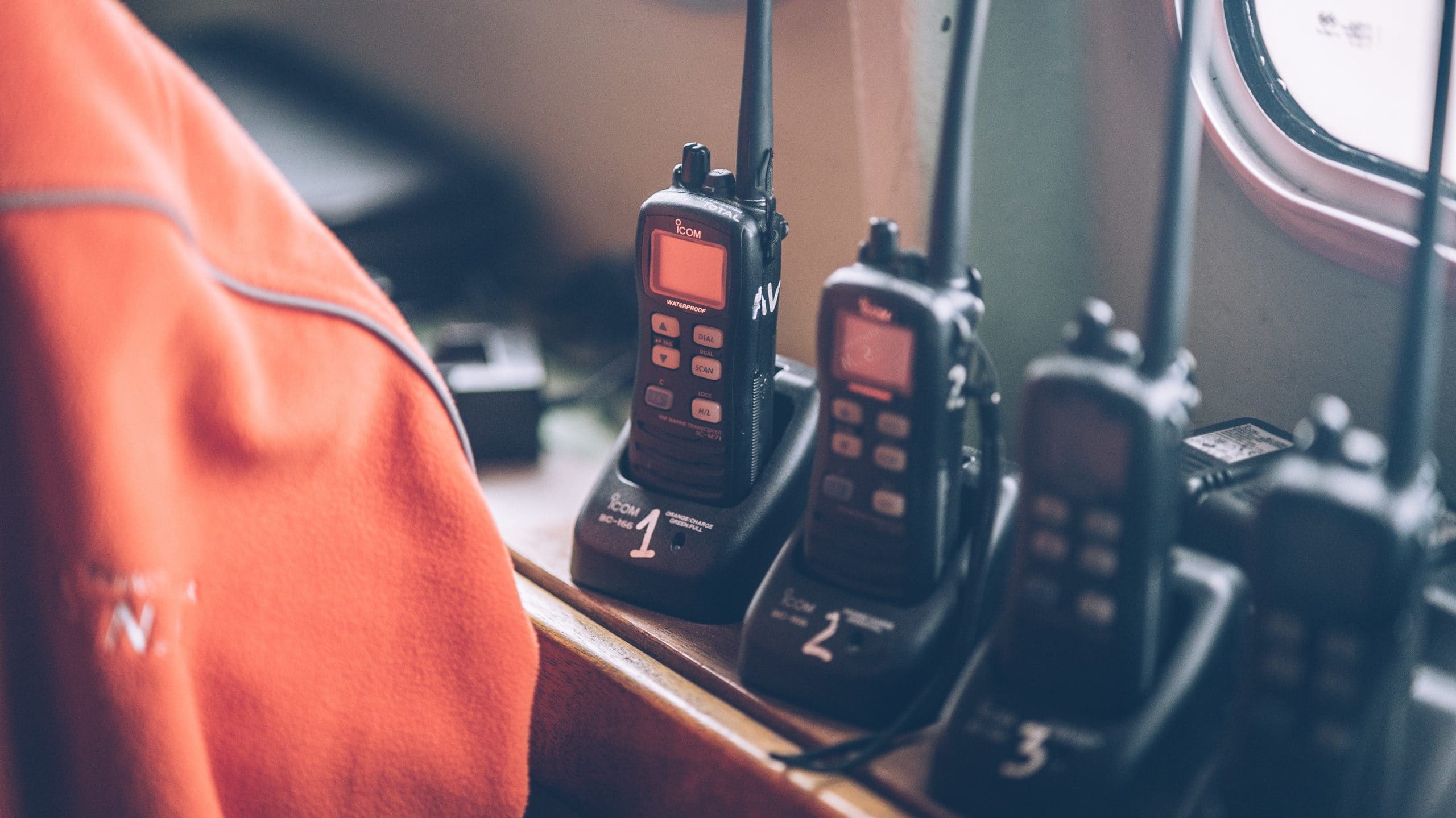In industries where safety is paramount, explosion-proof radios such as the Motorola XPR7550 IS CSA Explosion Proof portable radio, have become an indispensable tool for communication. These radios are designed to withstand hazardous environments, reducing the risk of ignition in potentially explosive atmospheres. However, a pertinent question arises: are explosion-proof radios compatible with other types of radios? Let's delve into the intricacies of compatibility and the considerations that come into play.
UNDERSTANDINF EXPLOSION-PROOF RADIOS:
Explosion-proof radios such as the Motorola XPR7550 IS CSA Explosion Proof portable radio, are engineered with a primary objective – to prevent the initiation of sparks or heat that could ignite flammable gases, vapors, or dust present in volatile environments like chemical plants, oil refineries, mining sites, and more. These radios adhere to stringent certifications, such as CSA, ATEX and IECEx, ensuring they can operate safely in classified hazardous areas.
THE COMPATIBILITY CONUNDRUM:
The compatibility of explosion-proof radios like the Motorola XPR7550 IS CSA Explosion Proof portable radio, with other types of radios largely depends on several factors, including the technology used, the frequency bands they operate on, and the communication protocols they employ.
- Technology: Motorola XPR7550 IS CSA Explosion Proof portable radios use two-way radio technology (analog or digital) for communication. Analog radios modulate voice into an analog signal, while digital radios convert voice into discrete data packets. To ensure compatibility, both radios need to use the same technology.
- Frequency Bands: Radios operate on different frequency bands, such as VHF (Very High Frequency) and UHF (Ultra High Frequency). Compatibility between radios depends on whether they share the same frequency band. If explosion-proof radios and other radios operate on the same frequency, they can communicate directly. However, if they operate on different bands, a bridge device might be necessary to facilitate communication.
- Communication Protocols: Digital radios, like the Motorola XPR7550 IS CSA Explosion Proof portable radio, use specific communication protocols like DMR (Digital Mobile Radio) or P25 (Project 25) for interoperability. If both the explosion-proof radio and the other radio support the same communication protocol, they can communicate seamlessly.
POTENTIAL COMPATIBILITY SCENARIOS:
Homogeneous Communication: In environments where only explosion-proof radios are used, compatibility is generally not a concern. All radios follow the same safety standards, frequency bands, and communication protocols.
Hybrid Communication: Many industries operate in mixed environments, where some teams use explosion-proof radios, while others use regular radios. To ensure communication, bridging devices can be employed to establish a link between the different radio types.
BRIDGING THE COMPATIBILITY GAP:
Bridging devices serve as intermediaries between different types of radios, ensuring seamless communication. These devices can translate communication protocols, convert frequencies, and even integrate analog and digital technologies. In the context of explosion-proof radios like the Motorola XPR7550 IS CSA Explosion Proof portable radio, bridging devices can enable communication between explosion-proof radios and other radios, enhancing overall operational efficiency.
CHALLENGES IN ENSURING COMPATIBILITY:
While bridging devices can be effective in creating compatibility, they also come with challenges:
- Complexity: Bridging devices can introduce complexity to communication systems. They need to be properly configured and maintained, which requires technical expertise.
- Cost: Introducing bridging devices involves additional costs, including device procurement, installation, and maintenance.
- Reliability: Bridging devices must be highly reliable, as any failure could result in a breakdown of communication, jeopardizing safety in hazardous environments.
THE ROLE OF ADVANCING TECHNOLOGY:
As technology continues to evolve, compatibility concerns between different radio types are being addressed. Some modern radios are designed with dual-mode capabilities, allowing them to switch between analog and digital modes, and even across different communication protocols. This flexibility simplifies communication in diverse environments, reducing the need for extensive bridging solutions.
BEST PRACTICES FOR ENSURING COMPATIBILITY:
- Thorough Assessment: Before introducing explosion-proof radios or integrating them with existing systems, conduct a comprehensive assessment of communication needs, frequency bands, and safety requirements.
- Standardization: Whenever possible, standardize the type of radios used within an organization to minimize compatibility challenges.
- Training: Equip personnel with the necessary training to operate and maintain radios, bridging devices, and any other communication equipment effectively.
- Regular Maintenance: Perform routine maintenance checks on radios and bridging devices to ensure optimal performance and reliability.
IN CONCLUSION:
Explosion-proof radios, like the Motorola XPR7550 IS CSA Explosion Proof portable radio, play a pivotal role in enhancing safety in hazardous environments, but their compatibility with other types of radios is a complex issue. The extent of compatibility hinges on factors like technology, frequency bands, and communication protocols. While bridging devices can mitigate compatibility challenges, they also introduce complexity and cost.
Advancements in technology, such as dual-mode radios, are gradually simplifying compatibility concerns. As industries continue to prioritize safety and efficiency, finding ways to ensure seamless communication between explosion-proof radios and other radios will remain a crucial endeavor. Through meticulous planning, proper training, and the judicious use of bridging solutions, industries can strike a balance between safety and compatibility, fostering a more secure and interconnected working environment.
